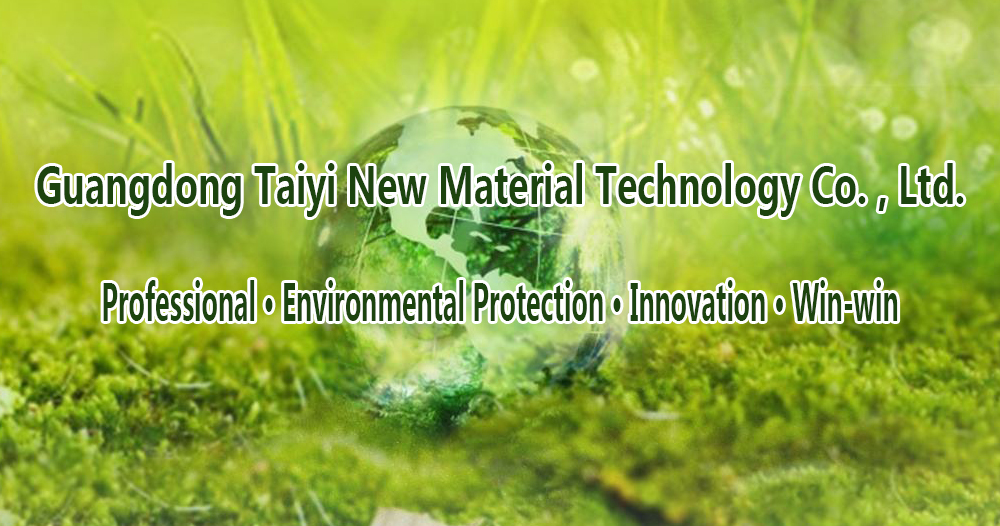Analysis of high-purity reagents and high-purity reagents classification
Release date:2022-07-26 16:14:47 Browse:
The reagent whose purity is much higher than that of high purity is called high purity reagent. Developed on the basis of universal reagents, it is the most pure reagent produced by a special method for a specific purpose. The high purity reagent controls the impurity content, the reference reagent controls the main content. The reference reagent can be prepared with standard solution, but the high purity reagent can not be used in the preparation of standard solution (except simple oxide) .
At present, there is no uniform specification in the world. Our country has made national standards for a few products, but the quality standards of most high purity reagents are not uniform, also in the name of high purity, ultra-pure, ultra-pure, spectral purity, electronic purity and so on. The purity of the product is usually expressed in terms of 9. Therefore, in the specification column bid by 29,39,49 and so on, according to this principle can be divided into high purity substances:
The total impurity content is not more than 1.5 × 10-2% , the purity is 3.59.99.95) the abbreviation is 3.5 n the total impurity content is not more than 1.0 × 10-2% , the purity is 49.99.99) the abbreviation is 4.0 n the total impurity content is not more than 1.0 × 10-3% , its purity is 59.99.999).
For the determination of purity or impurity content of high purity reagents or high purity elements, methods such as atomic absorption spectroscopy, atomic emission spectrometry, chromatography, mass spectrometry and colorimetric chemical analysis are commonly used. The anion specifications refer to the Reagent Superior Standard in principle, and the products without superior standard are formulated by the production unit. Depending on the use, high purity reagents are divided into several categories:
Common Purification Reagent: refers to some high-purity simple metals, oxides, metal salts, etc. . It is commonly used in atomic energy industry materials, electronic industry materials, semiconductor basic materials, etc. , oxides of metallic monomers, used in preparation of standard solutions and as standard substances, such reagents are often required to contain between 4N and 6N.
Ultra-clean electronic pure reagents: ultra-clean high-purity reagents are integrated circuit (IC) manufacturing process chemicals, used in wafer cleaning, photolithography, corrosion process. The requirements for the soluble impurities and solid particles in this high purity reagent are very strict, semic7(suitable for 0.8-1.2 micron process technology) and Semic8(suitable for 0.2-0.6 micron process technology) are developed by the International Semiconductor Industry Association. In our country, on the basis of the former MOS-grade and BV-I-grade reagents, the BV-II-grade and BV-III-grade reagents standards (equivalent to Semic7) have been worked out. Our Institute has also developed a variety of MOS, Bv-i, BV-II and some BV-III grade reagents with particle size (0.5 particles)≤25-100/Ml and total amount of metallic impurities ≤10-3-10.5%
Photoresist high purity reagent: photolithography is a surface processing technology, in semiconductor electronic devices and integrated circuit manufacturing occupies an important position. In order to realize the Selective leaching on the surface, a kind of photosensitive resin material with anti-corrosion function is used as the anti-corrosion coating, which is called anti-corrosion agent, and is commonly known as photoresist in China. Photoresist can be divided into“Positive” photoresist and“Negative” photoresist according to the different solubility, and then into UV, far UV, electron beam, x-ray photoresist according to the different exposure light source and radiation light source. Photoresist is a key reagent for micro-pattern processing, which requires low moisture content and low metal impurity content (≤10 -6)
Grinding and polishing high-purity reagent: refers to the Silicon Wafer surface grinding and polishing high-purity reagent. It also divides the aluminium oxide and fluid (water and oil) to grind the surface to micron precision. This kind of reagent requires small particle size (Nano) , high purity, metal impurities generally required 2.0 × 10-4-5 × 10-5%
Liquid Crystal high-purity Reagent: Liquid Crystal is a kind of electronic chemical materials, refers to a certain temperature range between the solid and liquid phase of the intermediate phase of organic matter. It has both the fluidity of the liquid state and the anisotropy of the crystalline state, sometimes referred to as the fourth state.
There are many kinds of liquid crystals, the most widely used, the most promising to belong to TN (low-grade) , STN (high-grade) , TFT (high-grade) type. TN, STN and TFT are mainly composed of aromatic esters, biphenyl, phenylcyclohexane, ferroelectric and fluorine-containing liquid crystals. They are the main objects of use and development today and in the future. This kind of high purity reagent requires high content (≥99%) , low moisture content (≤10-6) and low metal impurity content (≤10-6) . With the help of the unique optical and electronic properties of liquid crystal can be used to check aircraft, satellite and other devices defects, in the medical diagnosis of cancer, tuberculosis and other diseases.
Guangdong Taiyi New Material Technology Co. , Ltd.
0769-81335800

 Home
Home